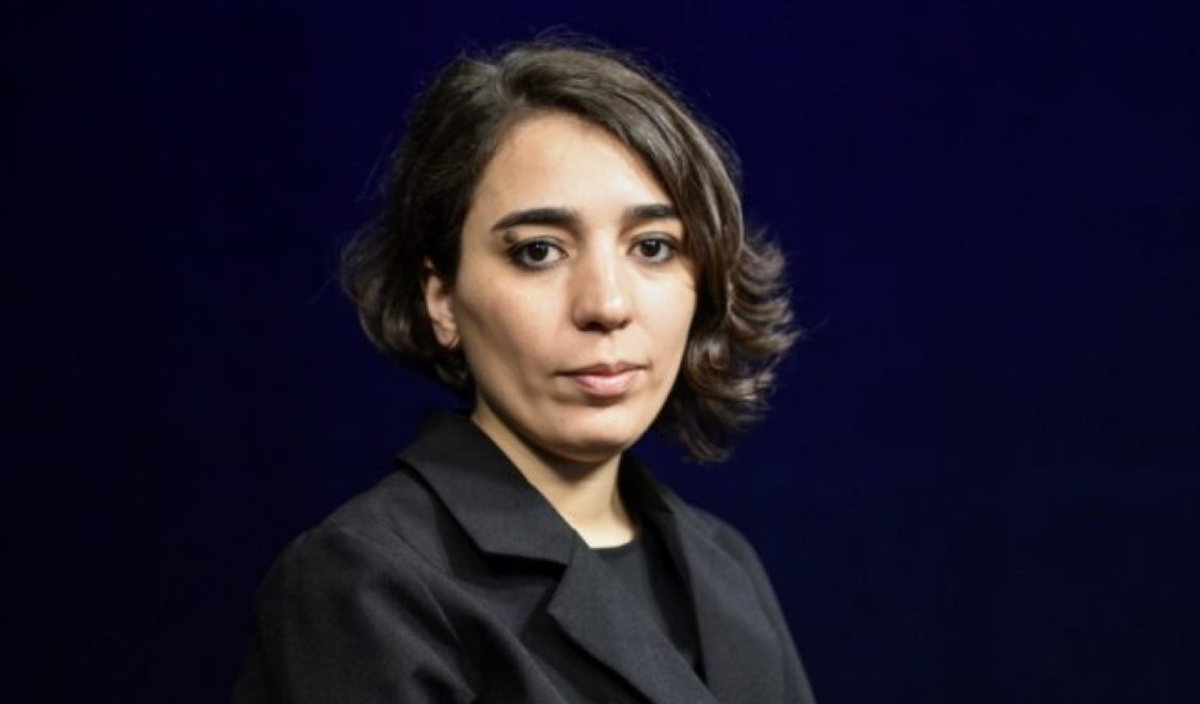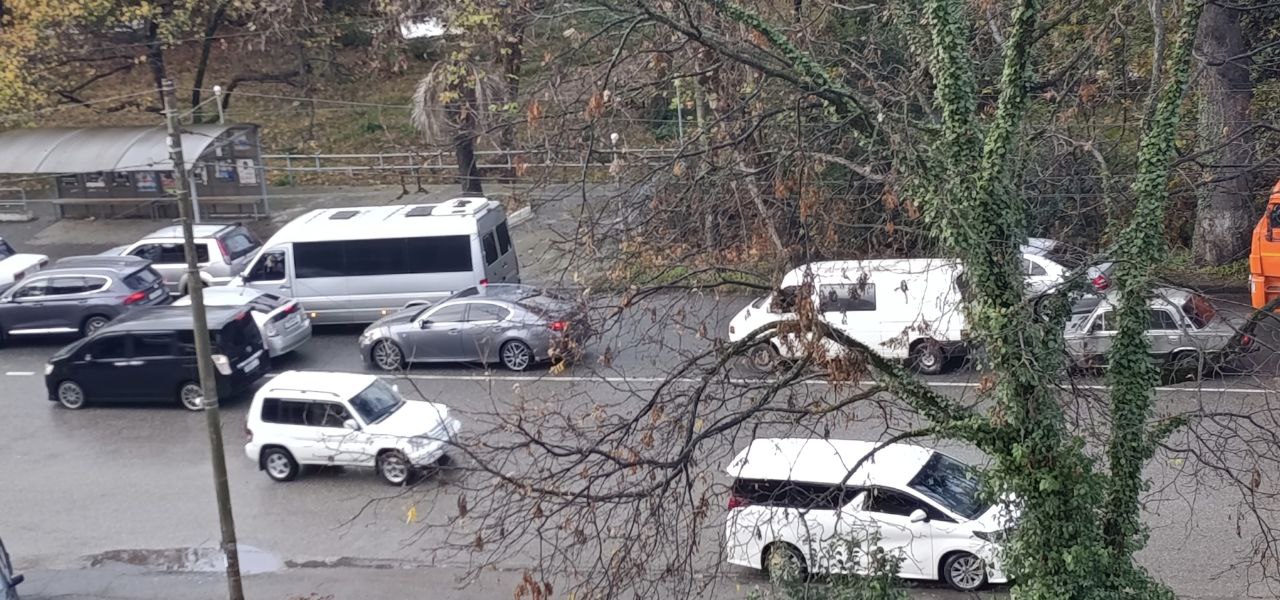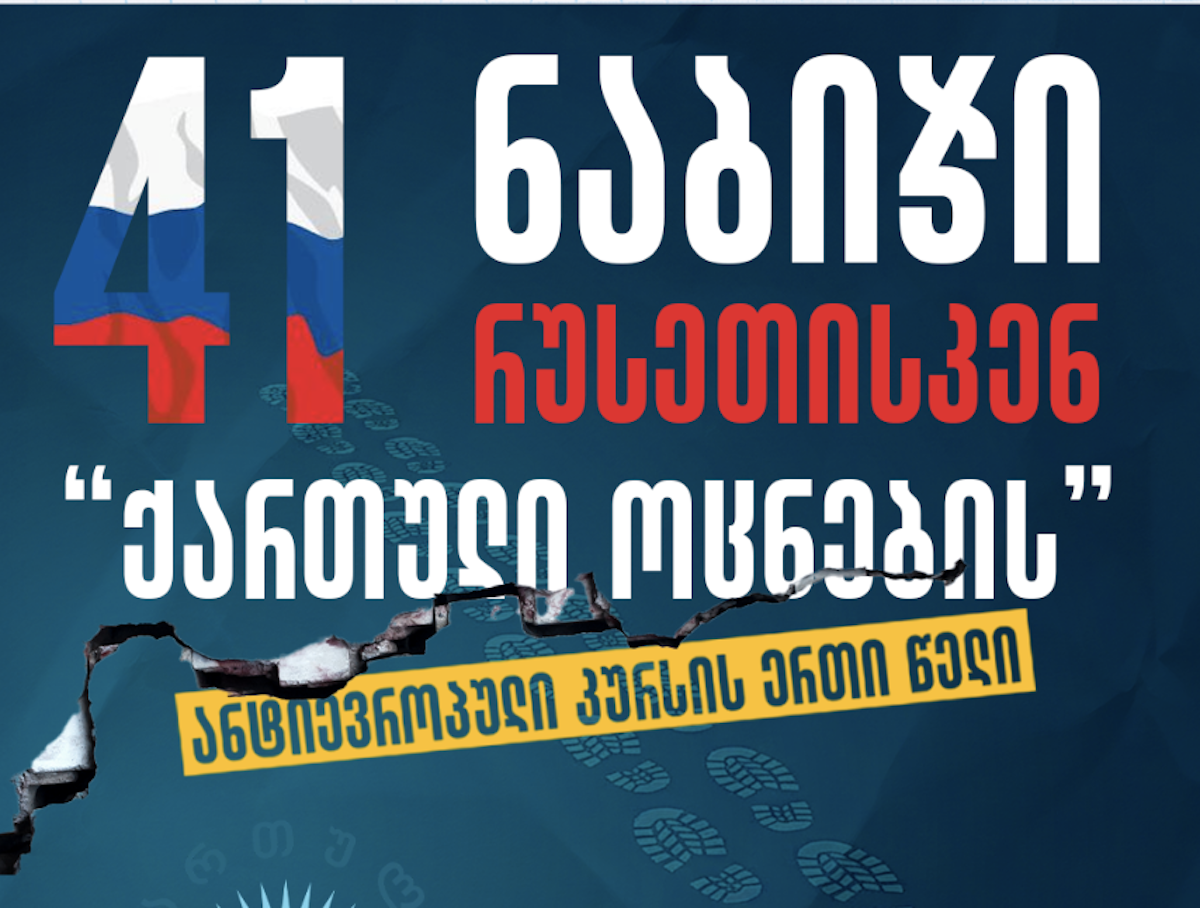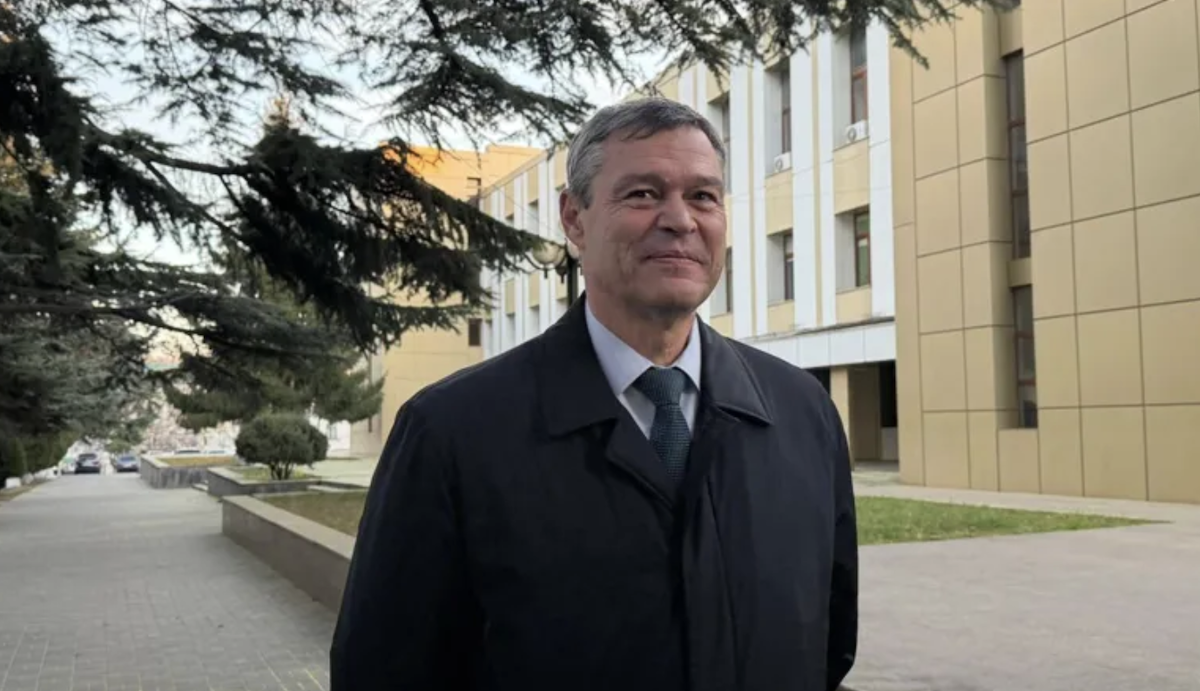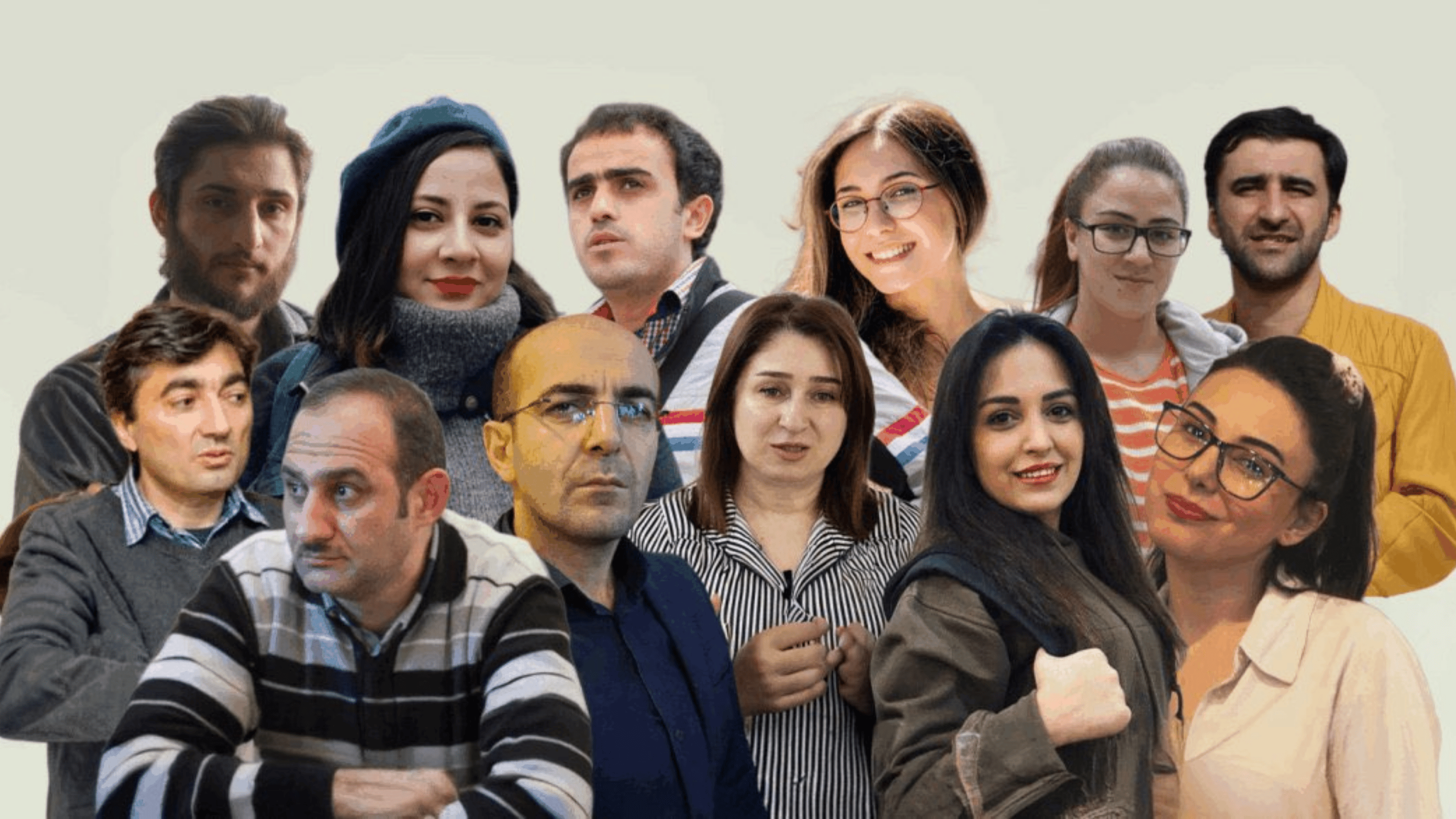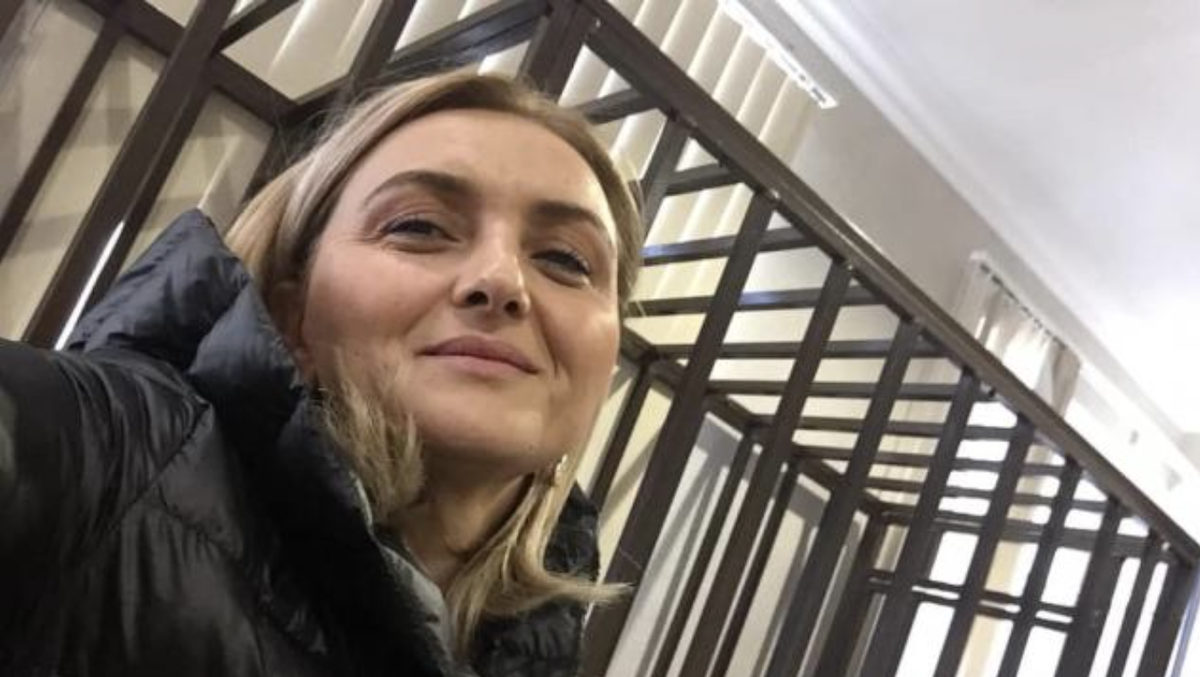Stalin: God, Superstar
21 December is Stalin’s birthday. While most residents of Georgia might not pay attention to the date, his hometown of Gori is sure to mark the occasion. The Georgians who still love Stalin.
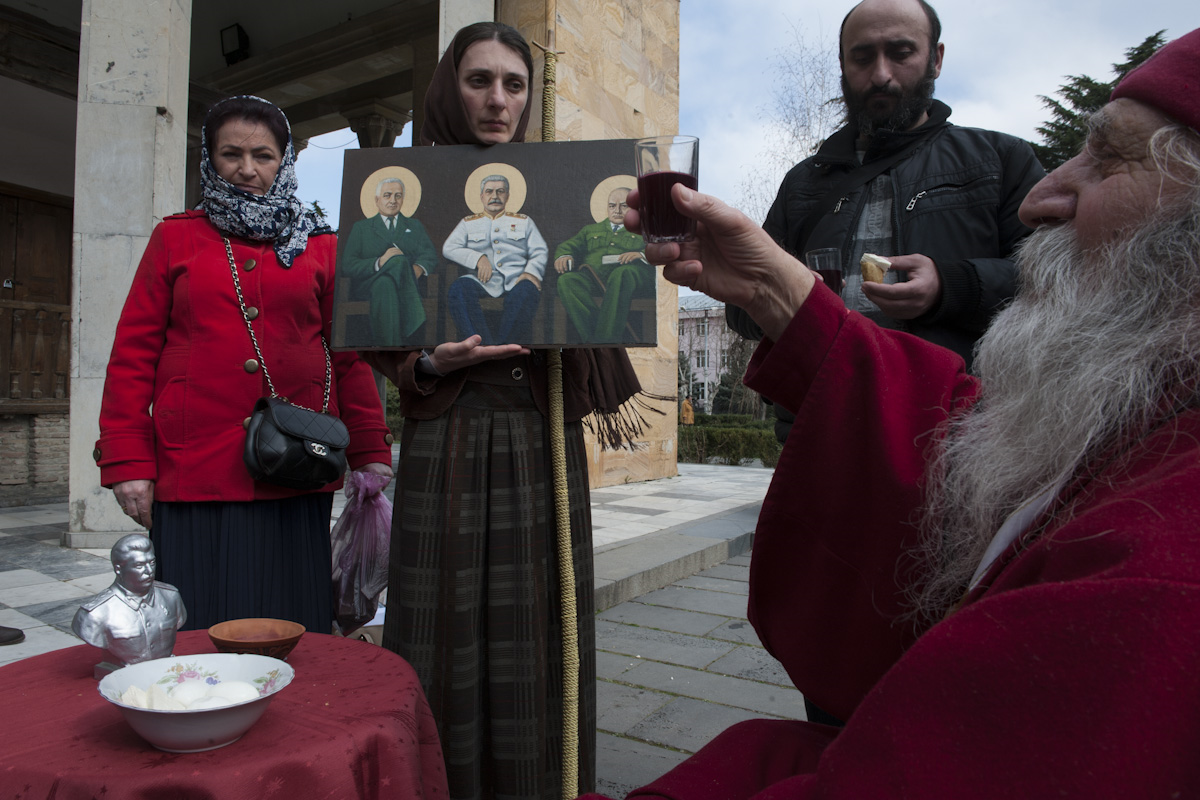
The most recently survey reflecting the public’s attitude towards Stalin was conducted in 2012. Carnegie Endowment studied public opinion on the Soviet leader in the three countries of the South Caucasus-Georgia, Armenia and Azerbaijan, as well as in Russia.
The survey findings showed that for many people in the post-Soviet circles, the spirit of this bloody tyrant of the 20th century, who shot and exiled over 20 million people, is still alive and highly respected. For example, in Georgia, 45% of respondents expressed a positive attitude towards Stalin.
It is less likely that anything has changed during the four years since conducting the survey. On the contrary, Stalin’s admirers in Georgia have become more active in the past four years-in some villages and towns there have even been attempts to illegally restore the “Great Leader’s monument or bust.
Totalitarian communist and fascist symbols have been banned at the legislative level in Georgia. In 2013, with the aim of creating effective mechanisms for the eradication of Soviet symbology, the Parliament introduced some amendments to the ‘Freedom Charter.’ It has been almost three years since the adoption of those amendments.
However, the Soviet symbols have not been eradicated. On the contrary, for example, in Stalin’s native town of Gori, there is a supermarket with a huge portrait of Stalin flaunting there.
In Stalin’s native town – Gori, ‘the Great Leader’ is almost equal to God–inviolable and immortal. He has many followers there: people who believe that Joseph Dzhugashvili (Stalin) is the greatest person ever born (or who will ever be born) in Georgia.
However, Gori is not the only town in Georgia where Stalin is respected (and often even worshiped). 64 years passed since the “Great Leader”s death, but an incarnation of him could be found in different shapes and forms and in different places throughout Georgia.
Stalin – A God
Zemo (Upper) Alvani village. During a feast, people rise to their feet to proclaim a toast for Stalin in a token of respect and reverence.
Gori. On March 5, the day of Stalin’s death, the ‘Great Leader’s’ followers gather in Gori. In their opinion, life under Stalin’s rule was much better than it is today.
Stalin – the fall and resurrection
Gori. There was a 9-meter statue of Stalin in the center of Gori. In 2010, on the government’s orders, the statue was dismantled in secret, late at night.
Part of the Gori population took the government’s action as an offence. They believe the ‘Great Leader’s’ place is in the town center.

Gori. A new location was designated for Stalin’s statue, among ruins in the town outskirts.

Gori, Ateni village. Removal of the main monument did not really change the attitude of Stalin’s followers to the great leader.
Gori. An incarnation of Stalin could be found in various places throughout Georgia. This supermarket is located on Stalin street, in Gori.
Gori, Ateni village. Zhuzhuna Natadze, the owner of this house has not been living here for over a year, but the Stalinist symbols that she collected for over 50 years are still here, on her balcony.
Gori, Ateni village, Zhuzhuna Natadze’s balcony. This is Stalin’s “3D portrait.
If one looks at it from the right side, one could see the face of a young Stalin and from the left side one can see middle-aged and if one looks from the front, there is a classic image of the ‘Great Leader’.
Zemo (Upper) Alvani village. The ‘Great Leader’s’ bust can be found almost in every follower’s house.
Zemo (Upper) Alvani village. The memorial to WWII victims.
Tbilisi, Kukiya Cemetery. The memorial to WWII victims, with an inscription of Stalin’s words in Russian.
Gori. Gori, a yard of Stalin’s Museum.

Part of the Gori population decided to re-erect a 9-meter statue of Stalin in the museum’s yard.
However, they haven’t managed it so far, though flowers are frequently bought to the pedestal in a token of respect for the ‘Great Leader’.
Stalin-Superstar
Gori. Over time, Stalin’s name has become a sort of tourist attraction in Georgia.
Stalin’s image can often be seen on T-shirts, as souvenirs or in other forms.
Tbilisi. Stalin’s bust at an antique shop.
Tbilisi. Symbols with Stalin’s image can often be found on the so-called Dry Bridge flea market.
Tbilisi. Symbols with Stalin’s image are one of the reasons why the Dry Bridge is such a popular place among tourists.
Gori. Thousands of tourists visit the Stalin Museum in Gori annually.
Tbilisi. Pop-Art about Stalin, Lenin, Marx, Mao and Castro in one of the hostels in Tbilisi.

Telavi. Anti-Stalinist street-art near the ‘Great Leader”s sculpture.
Tbilisi. Tata Murachashvili, 21, is probably the youngest admirer of Stalin in Georgia.













